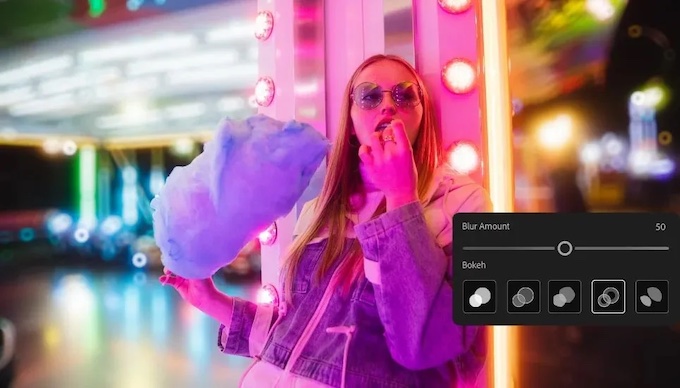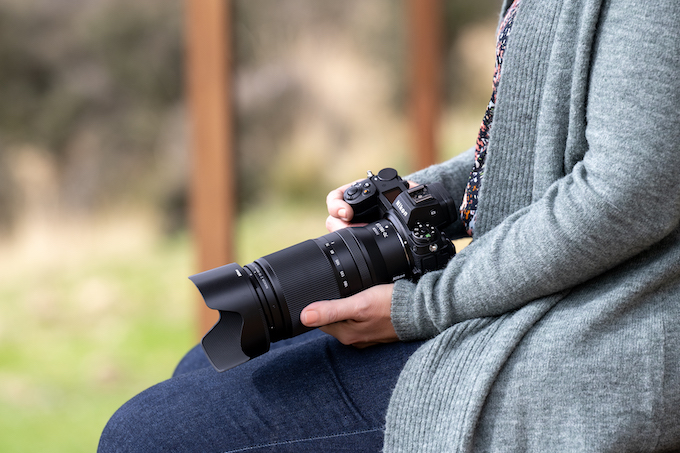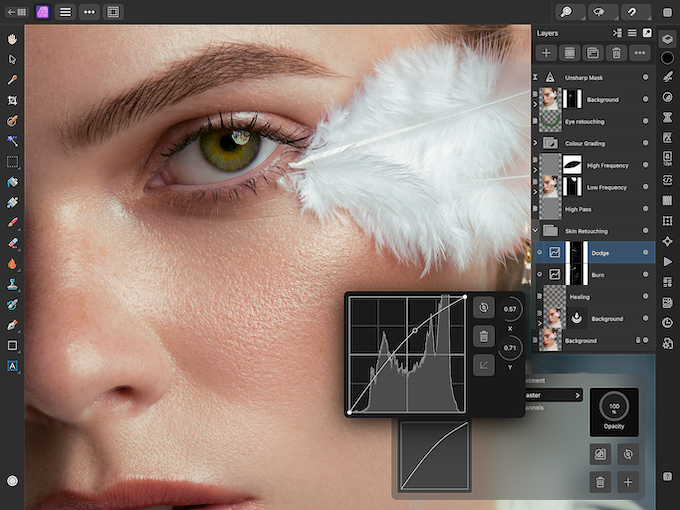Software
Alien Skin continues to broaden and deepen the capabilities of its Exposure photo editing and organizing software with the release of Exposure X3. While there are significant improvements in several areas of the program, the most significant are related to improvements in the organizing and image previewing areas.
Exposure X3 is available for Windows and Mac computers. Running X3 as a standalone program makes best use of its capabilities and the new organizational tools released in this version, but you can also use it as a plug-in to Adobe Photoshop CS6 or Adobe Photoshop CC 2015 or newer, and Adobe Photoshop Lightroom 6 or Lightroom CS 2015 or newer. I tested X3 primarily as a standalone to see the latest features, but also looked it over as a plug-in in both CC version of the Adobe softwares.
New users can purchase Exposure X3 for $149. Registered users of previous version can upgrade for $99. See alienskin.com for details.
What’s New
Where the X2 upgrade to Alien Skin’s Exposure photo editor and organizer brought a set of new presets of primary interest to portrait photographers, the more impactful overall changes were to Photoshop file compatibility, image export, and metadata search functions. With the introduction of Exposure X3, Alien Skin is introducing new organizing tools and viewing options.
A new “tab” in the Folders panel allows you to create collections and quick collections. By using collections you can group and organize images no matter where they appear on your computer. And the images in collections are virtual copies that take up no additional space on your hard drive. Also helpful in organizing is the ability to add keywords and search your collection using them, plus the ability to add a title and description into the metadata.
Alien Skin has given a lot of attention to viewing options in X3. There is now a Layout drop-down menu in the menu bar. The options are Single, Vertical, Horizontal, Columns, Rows, and Quad. With multiple images selected, the number displayed depends on the number you have selected: Single displays one; Vertical and Horizontal display two; Columns and Rows display three; and Quad displays four. You can pin one image and change the others to narrow down your choice to the best. There is also a “spotlight” icon that allows you to preview the same preset on all of the images or a different preset on the image you like the best.
New linear and radial tools allow you to achieve a seamless fade between multiple adjustments that you apply. Six new presets make use of this new capability. The Overlay panel is updated with blend modes to increase the variety of possible looks. Also included in Exposure X3 is the ability to watermark images, expanded camera and lens support, enhanced vignette positioning, and new options to copy and paste presets.

With the new Quad view you can easily zoom all photos simultaneously to choose the best one. Photo ©Stan Sholik
User Friendliness
For users of Exposure X and X2, the upgrade to X3 may not seem that anything has changed. Most of the changes are not obvious when you first see the interface and you may need to look at the excellent What’s New and the new features videos on the Alien Skin website. I definitely recommended these videos for all users.Having everything controlled in one workspace will minimize the learning curve for new users. Investigating the presets is especially easy now that you can click or drag and drop them into the multiple view window. And if you are migrating to Exposure X3 from other advanced editing software, either to take advantage of the presets and overlays, or to avoid a subscription model, you should be quickly comfortable with the layout of X3 and the available options.
New users will especially want to spend some time with the Exposure X3 help and videos to understand the new blending modes and the usefulness of the linear and radial tools. This is particularly true when applying adjustments and understanding their role in masking the adjustment to areas of the image. While X3 supports layers, they are used for image adjustments, as in Photoshop,but they cannot be used for compositing images.

The Exposure X3 interface is clean and images and tools are easily accessible. Photo: ©Stan Sholik
What We Liked
While I didn’t notice any major speed gain in X3 over X2, it is definitely faster than the latest Creative Cloud versions of Bridge and Lightroom. The ability to create collections and quick collections with virtual copies is welcome. Also welcome is the ability to add keywords. And both collections and keywords allow hierarchical ordering that makes working with them, and organizing them, very easy.
Exposure X3 is at its best as a creative tool with single images. The ability to preview the image with four of the more than 500 possible presets applied is a great way to get started with your editing. Initially applying the preset to your RAW file or to a virtual copy of the RAW file, then using layers to tune the image to your liking makes for a wide range of creative possibilities. Once you decide on a look, you can easily enhance it locally with the new radial and gradient options as well as the brush.
What We Didn’t
With the new ability to add keywords when copying images from your camera card to disk, I am disappointed that the full IPTC implementation was not also added. This would open up further search possibilities as well as the inclusion of GPS data that many new cameras are collecting. I also found that the automatic lens corrections are not applied to many of my images although both the camera and lens are available in the lens correction database of Exposure X3. If I wanted the lens correction applied, I needed to do it manually.
I’m also waiting for the split screen modes to allow for the dividing line between the before and after to be adjustable by the user. And I guess I need to stop complaining about the non-standard (non-Adobe) keyboard shortcuts that make it difficult for me and anyone else moving from the Adobe apps to work as quickly as we would like in Exposure X3.
How It Compares
With the latest additions to its organizational and enhancement tools, Exposure X3 becomes an even more formidable option for Adobe Bridge and Lightroom, particularly if you are looking for a non-subscription option. Users also give up little to Photoshop as they can easily move back and forth from X3 to Photoshop if the need for compositing arises. While there are other less expensive options than X3 with many of the same enhancement tools, none offers the wide range of creative options offered by the Exposure X3 presets. You won’t be able to do HDR, stitch panoramas, or replace skies directly in Exposure X3, but for the vast majority of image enhancements and for the ability to access 500+ available presets, Exposure X3 is worth a serious look.
Don’t Miss: Luminar 2018 Review





